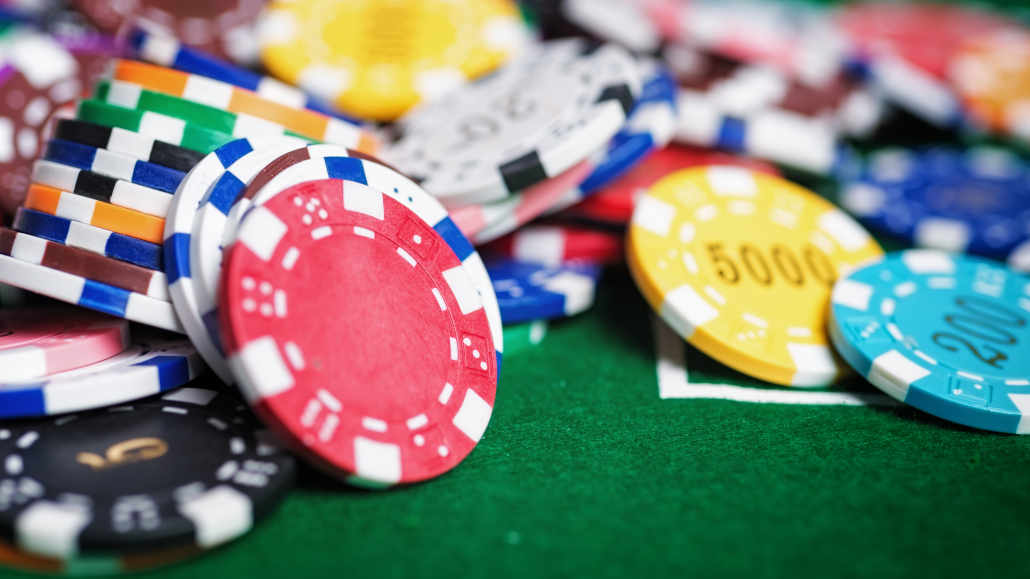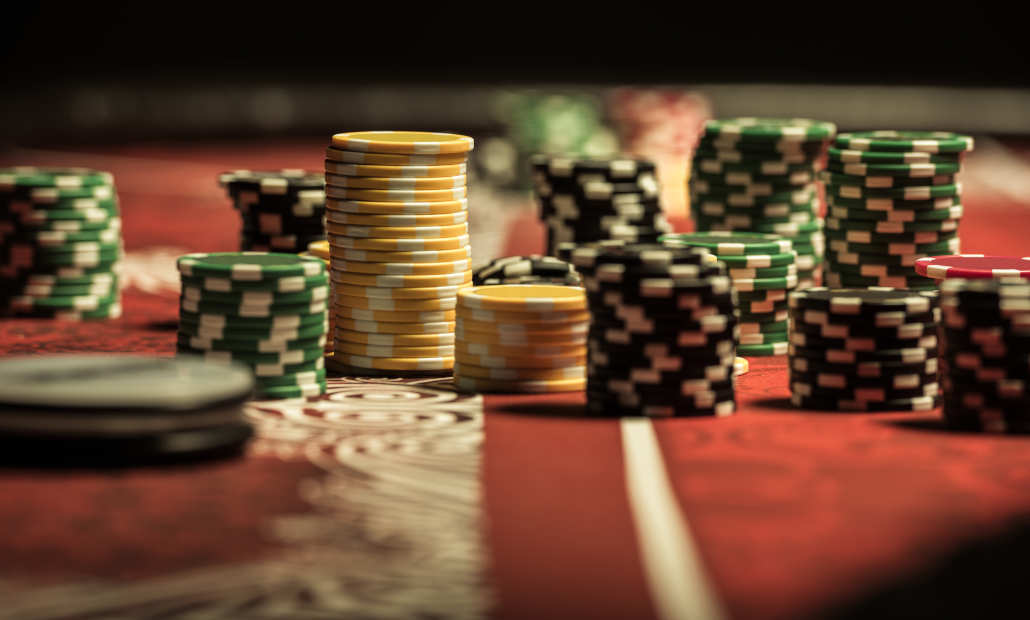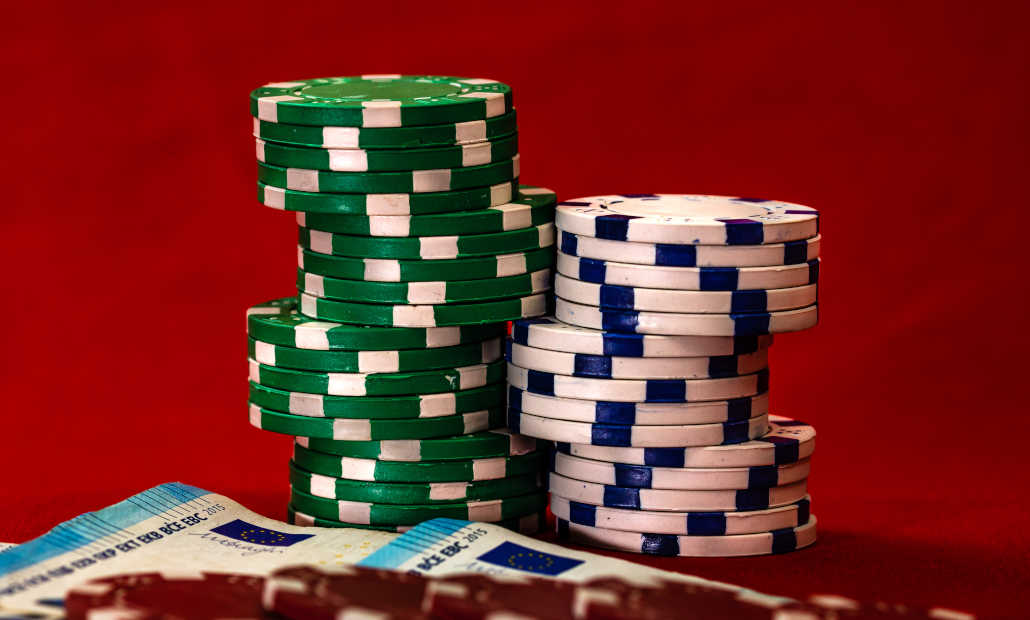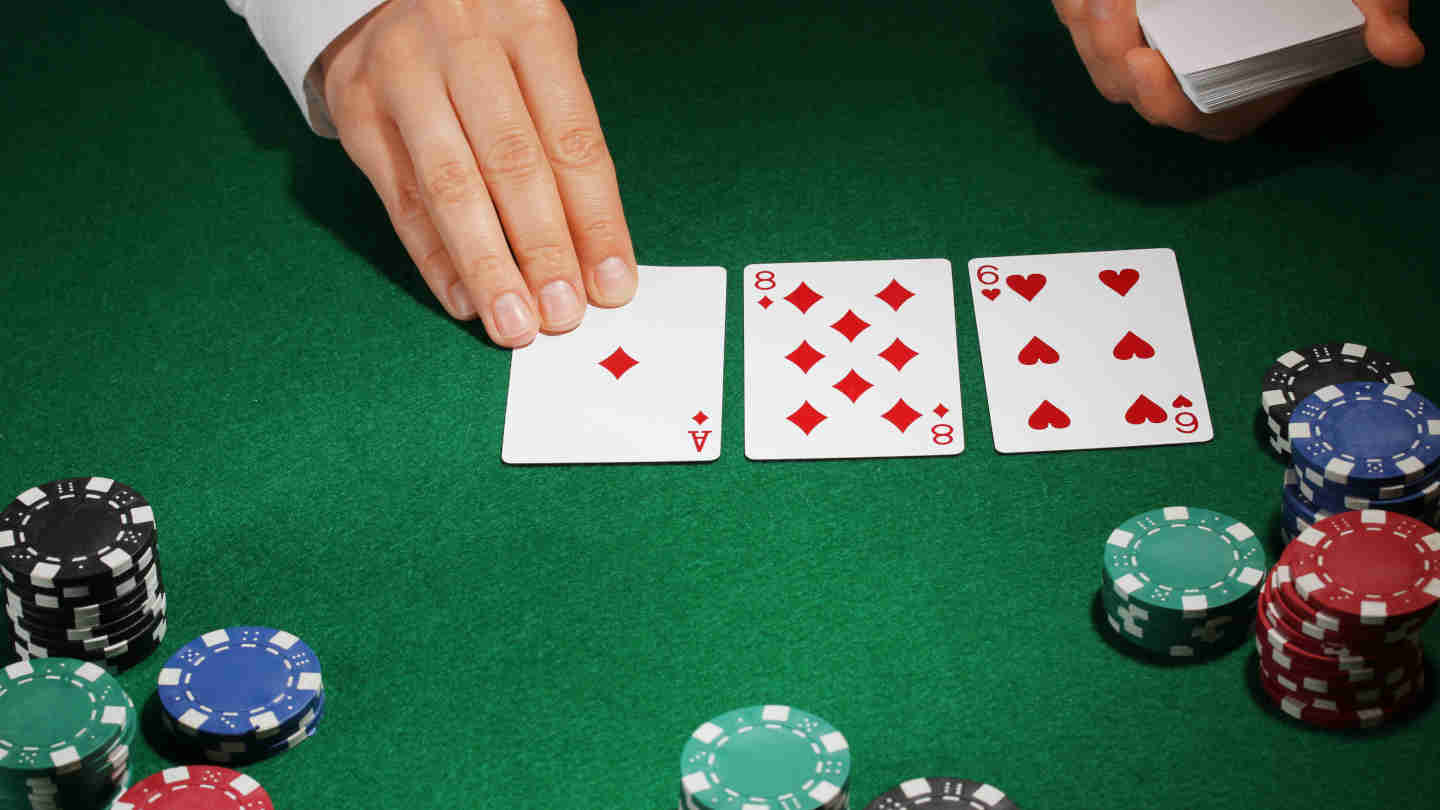Poker Chip Distributions – How Many Chips You Need to Start Your Home Game?

9 minutes
Whether you are an amateur player looking to set up a little home game with your closest friends or a real poker pro about to run a big poker game with high stakes, there are some things you need to know before you start.
If you have never run a poker home game before, there are quite a few things that you will need to think about ahead of time, and poker chip distributions fall into that category.
How many poker chips you need for your game will depend on quite a few things, including the stakes you are playing for and the format of the poker game you want to run.
Fortunately, home games have been around for a long time. Thus, there are some tried and tested chip distributions that will work out for everyone.
I am going to teach you how to distribute chips for your poker home game, how many poker chips you will need, and what things to consider before you launch your very first home game.
Tournaments vs. Cash Games – The Main Differences
The biggest thing to take into account when planning out a home game, of course, is the game format you are looking to run.
Poker tournaments and cash games are two significantly different game formats, and for the most part, they are going to require a different set of poker chips to play with.

Of course, tournament chips can, in theory, be used to play cash games and vice versa. But if you want to run a serious home game, you will want to have poker chips that match the game being played.
For a small-stakes cash game, for example, you will need poker chips with denominations of $1, $5, $25, and $100.
For a tournament, the 100 chips may be the smallest in play, while 25,000 chips may be on the table as well.
The truth is that preparing poker chip distributions for cash games is quite a bit simpler as you know what stakes are being played and what chips will be required by every player at the table.
Poker tournaments require some planning ahead. The blinds continue to grow with every passing level, and new chips must be introduced as the tournament advances.
For that reason, let’s start out by talking about the poker chip distribution for cash games and the ideal way to prepare for your first $1/2 home cash game session.
Hosting a Cash Game – How Many Poker Chips Do I Need?
When hosting a cash game, your main concern will be the stakes that are being played. Most small-stakes cash games start with stakes of $1/2, or even lower than that, with $0.5/1 also often played in home games.
If we assume the stakes are $1/2, you will want to make sure you have all the right denominations and that there are enough chips for everyone at the table.
Home games often run with nine players, so you will want to account for nine stacks. Each stack will probably be $200 at the start, although some games run deeper while others have players buying in for $100, $50, etc.
In either case, the first chip you want to have in play is the $1 chip. This chip will be used to pay the $1 and $2 big and small blinds. You don’t need a $2 chip in basically any home game ever.

The next denomination in your poker chip distribution for a cash game should be the $5 chip. You need to ensure you have many of these chips, as they are typically the most useful chips in a game of these stakes.
While many game hosts choose to have a $10 chip as well, this is not necessary. Two $5 chips make $10, making such a denomination unnecessary.
Instead, focus on having a solid amount of $25 chips on hand, which are going to be used for bigger bets and raises, especially as the game gets deeper and rebuys are made.
Finally, the $100 chips will come into play later in the night as players buy new stacks, and there is plenty of change already on the table.
To start out, I would give every player at the table a stack of 20 chips worth $1, 16 chips worth $5, and four chips worth $25, for a grand total of $200. If players buy just $100, the $25 chips don’t have to come into play yet.
If you are running a higher stakes game, you will want to have fewer (or none) of the $1 chips and more $5 and $25 chips on hand.
Also, make sure that the $100 chips are not the only ones in play for rebuys, as you will still need change to go around all night.
Poker Chip Distributions: Accounting for Cash Game Rake
If you are running a rakeless cash game, the poker chip distributions I talked about in the previous section should work perfectly in all cases.
However, if you are going to be taking rake, you should take this into consideration. Small chips such as $1 and $5 will often go off the table for rake purposes, which means there will be a shortage of them.
In most poker games, even in casinos, poker rake is put into a box inside the table. Every couple of hours or so, this box is taken out so that the small chips in the box can be returned to play.
Doing this will ensure that you don’t need to have hundreds of small $1 chips ready for your cash game.
Instead, you can simply keep the chips coming back into play every so often from the rake box.
If you don’t have anyone around to help you with the rake, you can also keep small rake chips on the side until you reach $25 in rake and then exchange the small chips for a $25 chip from one of the player’s stacks.
Keep in mind that you don’t want to be drawing players’ attention to how much rake the house is taking, so a more subtle system is probably more beneficial for you as the game runner in the long run.
Of course, you will also want to make sure that taking rake is legal in your jurisdiction and that you are doing so with all the necessary licenses that you may require.
Running a Poker Tournament – How Many Poker Chips Do I Need?
Poker tournaments are significantly different than cash games in that the blinds often change, which means new chips must come into play and old chips become obsolete.
For example, a poker tournament may start with a c5,000 stack and c25, c100, and c1,000 chips on the table.
By the time the game ends, the c25 chips will be out of play, while c5,000 or c10,000 chips may be in play, depending on the number of entries and the speed at which blinds change.

A tournament structure I would recommend for new game hosts is one that starts with either c10,000 or c20,000 and includes only c100, c500, and c5,000 poker chips.
With this poker chip distribution, you can start the game out with blinds at 100/100 and keep them growing to 100/200, 100/300, 200/400, 200/500, 300/600, etc.
As you can see, this way of distributing the chips will allow you to keep playing with the initial stacks for quite a long time, even as players bust.
You won’t have any tiny chips to chip up in the early levels, and the only big chip in play will be the c5,000.
As blinds grow, you can remove all the c100 chips from play once all blind increments are in 500s or thousands, which will only require a single chip-up break.
A starting stack in a tournament like this can include 20 chips worth c100, six chips worth c500, and either one or three c5,000 chips, depending on whether the total stack is c10,000 or c20,000.
In most cases, if you are running a home game tournament, you may not even be forced to do any chipping up, considering you will usually have one or two tables running.
If you do find yourself running a big event with many tables, make sure to remember to add chip-ups into your plan for the game.
You don’t want people sitting down with hundreds or even thousands of small insignificant chips in the late levels.
Running a Tournament with Cash Game Chips
If you usually play poker with your friends and you only have a single set of chips with denominations of $1, $5, $25, and $100, don’t worry. You can still run a tournament!
What you will want to do is simply reduce the starting stack to something like $2,000 while also reducing the starting blinds down to $20.
This way, players will still have 100 big blinds to start off, and the blinds will go up in a reasonable way compared to the chip stacks and the chips you have to play with.
Additionally, you can also run a small stakes cash game with the large chips intended for tournament poker.
One simple way to do this is to count c1,000 chips as $10, c100 chips as $1, etc. This will allow you to run a small $1/2 game with tournament chips without major issues.
Just remember to make sure all players in the game understand the values of chips before you get started, and the game should run smoothly enough.
If you intend to run poker games on a regular basis, however, you should make sure to get all the chips you need so as to make them seem as professional and serious as possible.
Practice around with poker chip distributions until you get it right, and keep improving your skills as a poker home game host with each new game you throw for your group.
How to Run a Poker Tournament
Running poker tournaments is more challenging than running cash games in many ways. The escalating blinds make things a bit trickier to stay on top of.
Fortunately, there is poker software that can help you run your poker tournament, and you should 100% download it onto a laptop before you even think about running an event.

There are many different pieces of software you can use, and a few of them are even completely free to download and use.
This software will help you organize your blind levels, set up the prize distribution, and make sure that you increase the blinds at the appropriate time.
If you act as the dealer in your poker tournament, which is often the case, you will want to keep your laptop close at hand so that everyone can see the screen and.
This way, you can make any adjustments if needed, such as putting the tournament on an unscheduled break.
Also, remember to build in sufficient breaks so that both the players and you (and other dealers, if there are some) can use the restroom and take a breather every 90 to 120 minutes.
Apart from this, also remember to think about the poker chip distribution for the entirety of the tournament, not just the early levels. Try to imagine how the stacks will look once many players have been eliminated from the event.
Final Say on Poker Chip Distributions
The art of poker chip distribution is not one that’s too difficult to master, but it does come with certain subtleties you will want to keep an eye out for.
Always make sure to have more chips than you need in theory, and make sure that no single player is holding too many chips of a certain denomination.
You will want to keep control over your home game, and this includes telling people when they need to break the bigger chips, making sure that the stacks are balanced at the table in a tournament, etc.
Running poker home games can be extremely fun, but it is also a real job that requires effort on your part as a host.
As long as you don’t take things too lightly, your game should run smoothly, and everyone involved should have plenty of fun!
- Heartland Poker Tour – Will HPT Ever Come Back - October 20, 2022
- Top 6 Pros of Playing Slots Online - October 13, 2022
- Sammy Farha Net Worth – How Wealthy Is the Poker Icon? - October 13, 2022















